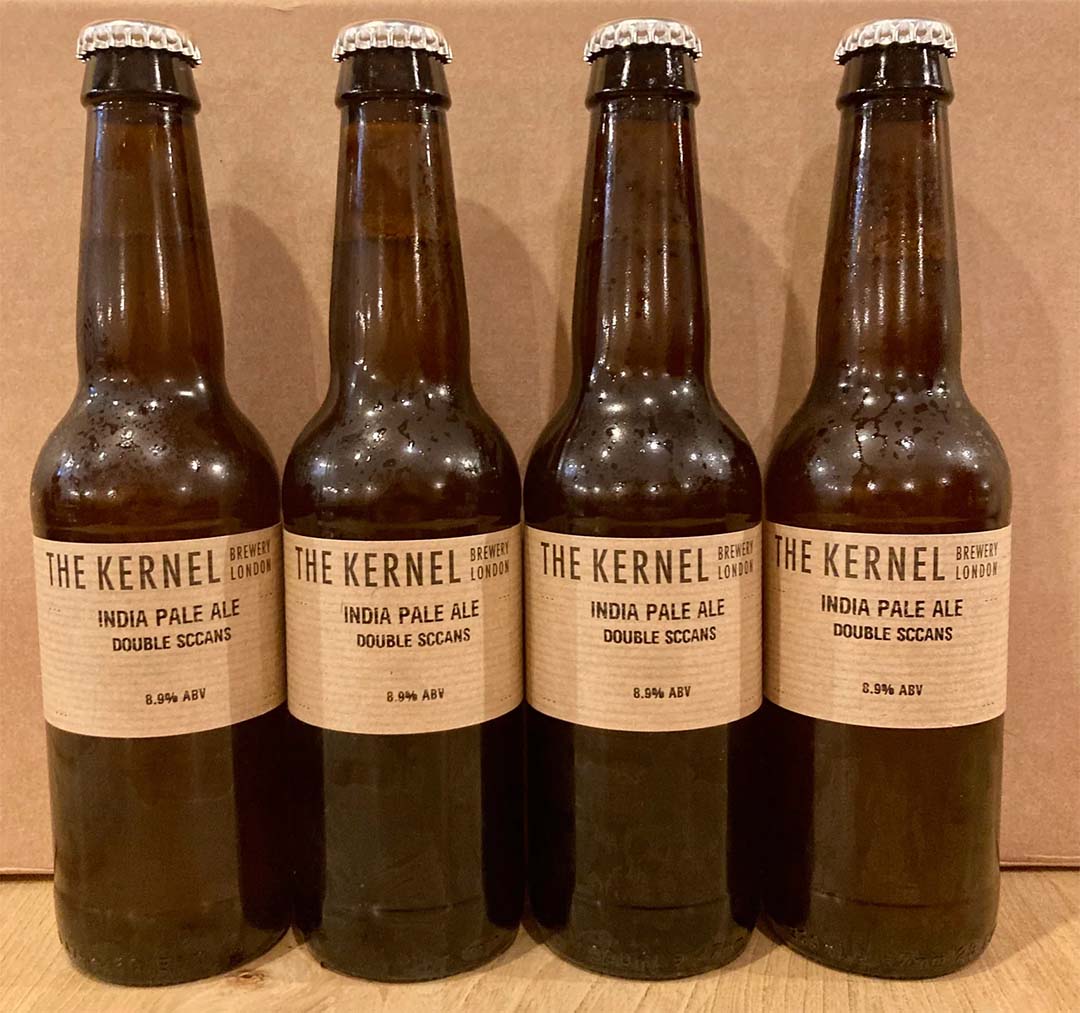For the Love of Lambic
May 21, 2019
By Charlotte Knowlson

It’s time for us to wax lyrical about one of our favourite styles again! This time, Lambics take the limelight. For those who are not get firm fans of this wild-ferm favourite, let us tell you a little more about this incredible style of beer.
Lambics originate in the Zenne Valley region of Belgium. The town of Lembeek may be where the name ‘Lambic’ comes from - although there is some disagreement. Some maintain that the name derives from the word “alambique”, a vessel used for distillation. Whatever the origin of the name, it’s the method of fermentation that makes this beer so special. Brewers expose the wort (the malty, sugar-laden liquid which is the base of beer) to the air, allowing naturally-occurring yeasts and microbes native to the Zenne Valley to infect the liquid. It is then put into barrels for up to one year (for ‘young’ Lambics) to around three years (for ‘old’ Lambics), where time works its magic.
Unblended Lambics can be tart or jaw-tinglingly sour, are uncarbonated and usually dry. However, the art of blending and re-fermenting creates something effervescent and balanced: the Gueuze. Gueuzes are made from blending old and young Lambics and re-fermenting in the bottle, which can soften intense acidity and usually gives a champagne-like carbonation. There is huge diversity amongst Lambics and Gueuzes, depending on the age of the beers, the blending, and the type of barrel used. In general, you can expect flavours to range from tart to super-sour; you can often detect woody barrel notes, white wine-like dryness, sharp green fruity notes and even slightly funky straw characteristics.
Fruit Lambics are common - in particular the cherry or ‘Kriek’ lambic. True Kriek Lambics and Gueuzes are not exceptionally sweet, having been fermented on the fruit rather than blended with syrup or juice. Instead, they vary in flavour: tart, almondy, vinous, fruity, woody, dry or tannic. However, it is common to see Lambics that have been mixed with syrups and juices, creating a much sweeter, fruitier beer.
If you’re new to the world of Lambics, we’d recommend starting with one of our absolute favourites: Boon Oude Gueuze Mariage Parfait. It is a delicious champagne-like gueuze with sweet green apple tartness, white wine-like dryness and a touch of oaky barrel. It goes fantastically with a mountain of moule frites in the sunshine. Come on in to either store and chat to any of our staff about the range of Lambics we stock, and to get a personalised recommendation.







